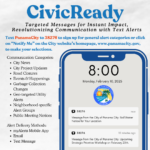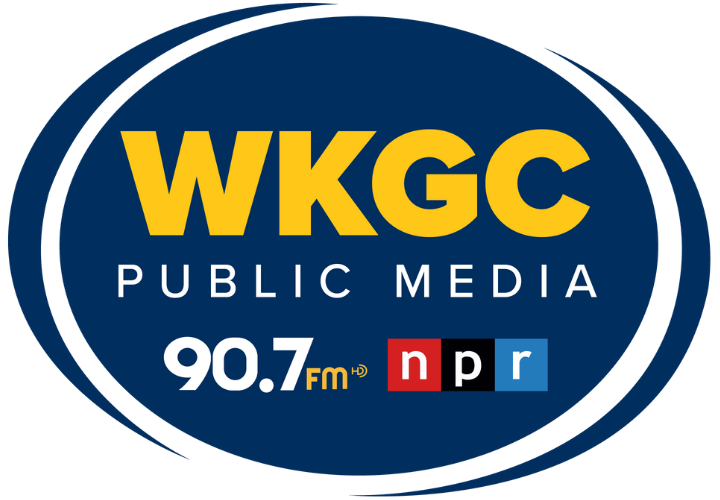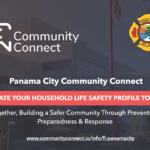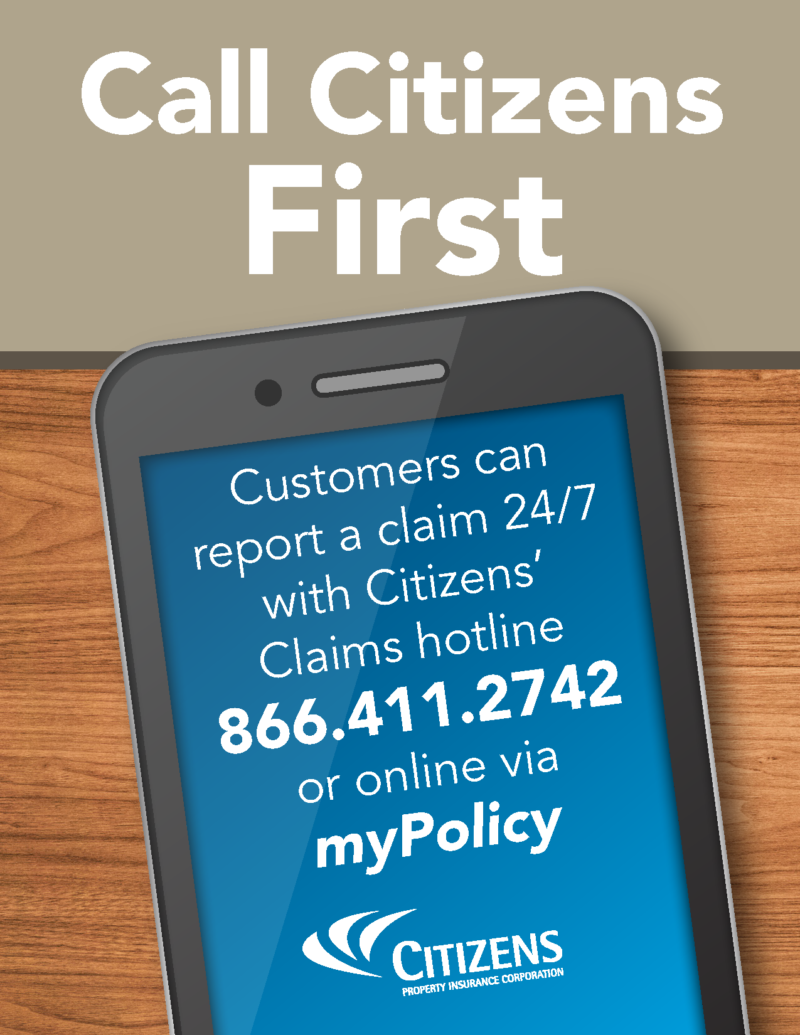
TSA Readies for Busy Winter Travel Season

TSA is prepared for busy winter travel season, expects high volumes through New Year’s
WASHINGTON — The Transportation Security Administration (TSA) is prepared for sustained higher passenger volumes during the winter holiday travel season and expects airport security checkpoints to be busier this year compared to last year. The official end-of-the-year holiday travel period starts Thursday, Dec. 21, and will continue through Tuesday, Jan. 2. The busiest days are projected to be Thursday, Dec. 21, Friday, Dec. 29, and Monday, Jan. 1, when the agency will screen more than 2.5 million passengers each day, which is a 6% increase from 2022. The busiest day last year was Dec. 29, when TSA screened nearly 2.4 million passengers.
TSA screened nearly 30 million passengers during last month’s 12-day Thanksgiving holiday period and broke the record for most passengers in a single day on Nov. 26, screening more than 2.9 million passengers at security checkpoints nationwide.
“We are prepared to handle the busy passenger volumes this winter holiday season,” said TSA Administrator David Pekoske. “TSA’s continued success during this record year for travel is a direct result of teamwork, planning and professional execution across the agency, from our frontline employees to those behind the scenes; partnerships with airports and air carriers; and innovative checkpoint technologies that improve security effectiveness, efficiency and the passenger experience.”

Travelers should keep these top tips in mind while traveling:
1. Pack smart by starting with an empty bag. Passengers who start packing with an empty bag are less likely to bring prohibited items through the checkpoint, which include firearms, explosives, fireworks, flammables, knives, razors and replica weapons. To see if an item is prohibited, check the TSA website under “What Can I Bring?” or just text @AskTSA. If you can spill it, spray it, spread it, pump it or pour it, then it is subject to the 3.4-ounce liquids rule limitation. As always, passengers may bring solid foods such as cakes and other baked goods through the TSA checkpoint, which are subject to screening. 2. Arrive early. The airport will be busy, so arrive two hours prior to your scheduled flight to allow for adequate time to park your car, return your rental car or arrive via public transit or rideshare, check bags with the airline, and go through security screening before arriving at the gate.
3. Bring an acceptable ID and have it out in the screening lane. Before heading to the airport, travelers must make sure they have acceptable identification. Make your ID a REAL ID. Starting May 7, 2025, every air traveler 18 years of age and older will need a REAL ID-compliant driver’s license or another acceptable form of ID to fly within the United States. REAL ID-compliant cards are marked with a star in the upper portion of the card.
Identity verification is an important step in the security screening process. At many checkpoints, the Transportation Security Officer (TSO) may ask you to insert your physical ID into one of our Credential Authentication Technology (CAT) units, where a boarding pass is not needed.The second generation of CAT, called CAT-2, is currently deployed at 25 airports and adds a camera and smartphone reader to the other CAT features. The camera captures a real-time photo of the traveler at the podium and compares the traveler’s photo on the identification credential against the in-person, real-time photo. Once the CAT-2 confirms the match, the TSO verifies and directs the traveler for appropriate security screening without ever exchanging a boarding pass. Photos are not stored but are immediately deleted after the passenger’s identity is verified. Passenger participation is voluntary and if a passenger chooses not to have their photo taken, they may have their identity checked manually instead without losing their place in line. For more information on how TSA is using facial recognition technology to enhance security effectiveness, improve operational efficiency and create a more streamlined passenger experience, see our TSA Facial Recognition Fact Sheet.4. Ensure gifts are unwrapped and can be inspected. TSA encourages those traveling with gifts this holiday season to use gift bags that can be easily opened or gift boxes with lids that can be removed, so contents can be inspected if required. Fully wrapped gifts may need to be opened if deemed necessary by a TSA officer. Another option is to place your unwrapped gifts in your checked bag. This includes snow globes, which are popular at this time of the year.5. Prepare, pack and declare for hassle-free travels with firearms. Passengers may travel with firearms; however, firearms must be unloaded and properly packed in a hard-sided, locked case and must be placed in checked baggage. At the airline ticket counter, passengers must declare their firearm with the airline.
Firearms are prohibited in carry-on luggage and at the security checkpoints and onboard aircraft. Bringing a firearm to a TSA checkpoint is expensive and time-consuming for the passenger and may lead to missed flights. The maximum civil penalty for bringing a firearm to a TSA checkpoint is nearly $15,000. It will also result in the loss of TSA PreCheck® eligibility for at least five years and may result in enhanced screening at the TSA checkpoint. For more information about how to properly travel with a firearm, visit: The transporting firearms and ammunition page on TSA.gov.6. Be aware of new checkpoint screening technology. TSA uses a variety of security methods and technologies to secure our transportation systems. Some airports have installed new state-of-the-art Computed Tomography (CT) scanners, which give TSOs the ability to review 3-D images of passengers’ bags, so passengers screened in security lanes with CT units do not need to remove their 3-1-1 liquids or laptops. With CT units, all travelers must place every carry-on item, including bags, into a bin for screening.
7. Travel with ease with TSA PreCheck and ensure you have the TSA PreCheck mark on your boarding pass. TSA’s trusted traveler program now has more than 90 participating airlines, is available at more than 200 airports and has two authorized enrollment providers. Those enrolled enjoy the benefits of faster checkpoint screening. The five-year membership costs as little as $78. After submitting an online application, which takes just five minutes to complete, applicants must schedule an appointment at any of the 600-plus enrollment centers for a quick in-person process. After a successful enrollment center visit, most new enrollees will receive their Known Traveler Number (KTN) within three to five days. Members may renew their membership online up to six months prior to expiration for another five-year term for $70.Most TSA PreCheck members wait less than five minutes at the checkpoint. Children 12 and younger may join TSA PreCheck family members in the TSA PreCheck screening lanes. Children 13-17 may join enrolled adults in the dedicated lanes when traveling on the same reservation and if the TSA PreCheck indicator appears on the child’s boarding pass. TSA PreCheck passengers should ensure that their KTN, along with correct date of birth, is in their airline reservation. For more information about becoming a member of the TSA PreCheck program, visit: www.TSA.gov/precheck.8. Call ahead to request passenger support. Travelers or families of passengers with disabilities and/or medical conditions may call the TSA Cares helpline toll free at 855-787-2227 at least 72 hours prior to travel with any questions about screening procedures and to find out what to expect at the security checkpoint. TSA Cares also arranges assistance at the checkpoint for travelers with specific needs. 9. Text or direct message us @AskTSA. Get your questions answered before you head to the airport. Travelers can get assistance in real time by texting their question to #275-872 (“AskTSA”) or through @AskTSA on X (formerly known as Twitter) or Facebook Messenger. An automated virtual assistant is available 24/7, while staff is available daily from 8 a.m. to 6 p.m. ET, including holidays and weekends. Travelers may also reach the TSA Contact Center at 866-289-9673. Staff is available from 8 a.m. to 11 p.m. on weekdays and 9 a.m. to 8 p.m. on weekends/holidays; and an automated service is available 24 hours a day, seven days a week.
10. Follow TSO guidance. Some people may not have traveled recently, so it is important to listen to the direction provided by our TSOs at the security checkpoint. There may be information on new technologies that help reduce touchpoints or a TSO may redirect passengers to ensure we keep people moving through the screening process. If flying internationally, upon return to the United States, passengers will encounter a Customs and Border Protection officer to clear customs. Listen for their directions as well. Passengers may also need to have their baggage re-screened by a TSO to continue on to their final domestic destination. Airport and airline employees may also give guidance to help throughout the travel process.
Transportation Security Administration was created to strengthen the security of the nation’s transportation systems and ensure the freedom of movement for people and commerce. TSA uses a risk-based strategy and works closely with transportation, law enforcement and intelligence communities to set the standard for excellence in transportation security.
For more information about TSA, please visit our website at tsa.gov.
Angela Small
Radio Production Assistant














